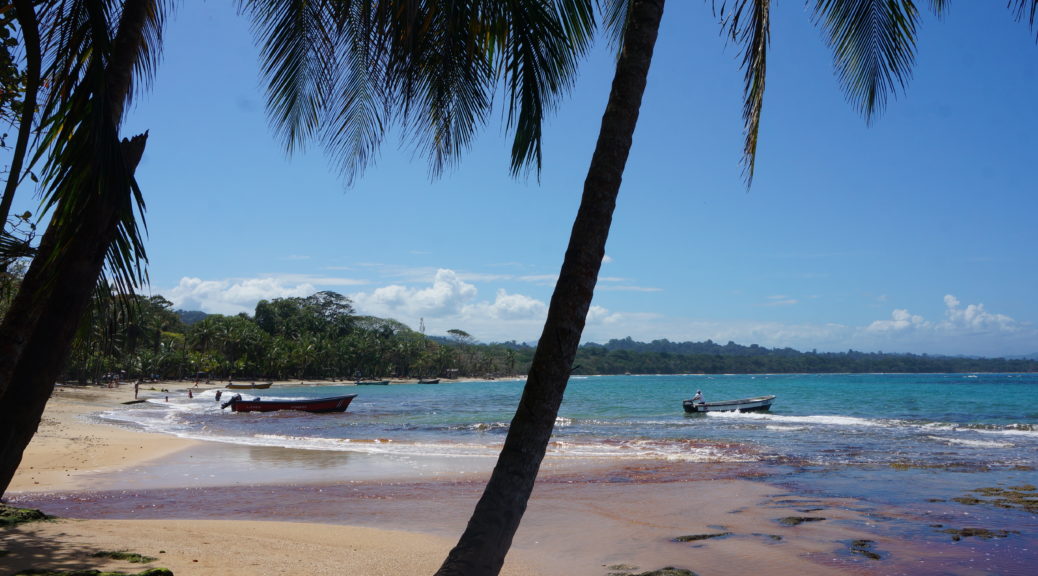First, the Jaguar Rescue Center
The Puerto Viejo Jaguar Rescue Center (JRC) was tucked into the jungle down the street from our crappy little villa. Founded in 2008 by an expat couple who also happened to be trained biologists, the JRC now cares for scores of animals in various stages of rehabilitation. The Center is a home for animals that are abused, abandoned, injured by cars/electrocution/other nastiness, or even – in the case of one particularly large crocodile – dropped off by the Costa Rican government like a busy parent leaving their kid at daycare.
The Center is rock-star-quality awesome. It’s clean, well-kept, and well-organized, and the volunteers care deeply about the animals.
Our tour was about 90 minutes. We wound our way through the property with our guide, a young Englishwoman finishing up her PhD in Slothology (she studied sloths – yes, I made it up, but you got the idea, didn’t you?)
We were introduced to the resident peccary, an adorable and rambunctious wild pig who had the run of the place and followed us around for much of our visit, obstinately bumping into our calves and getting underfoot.
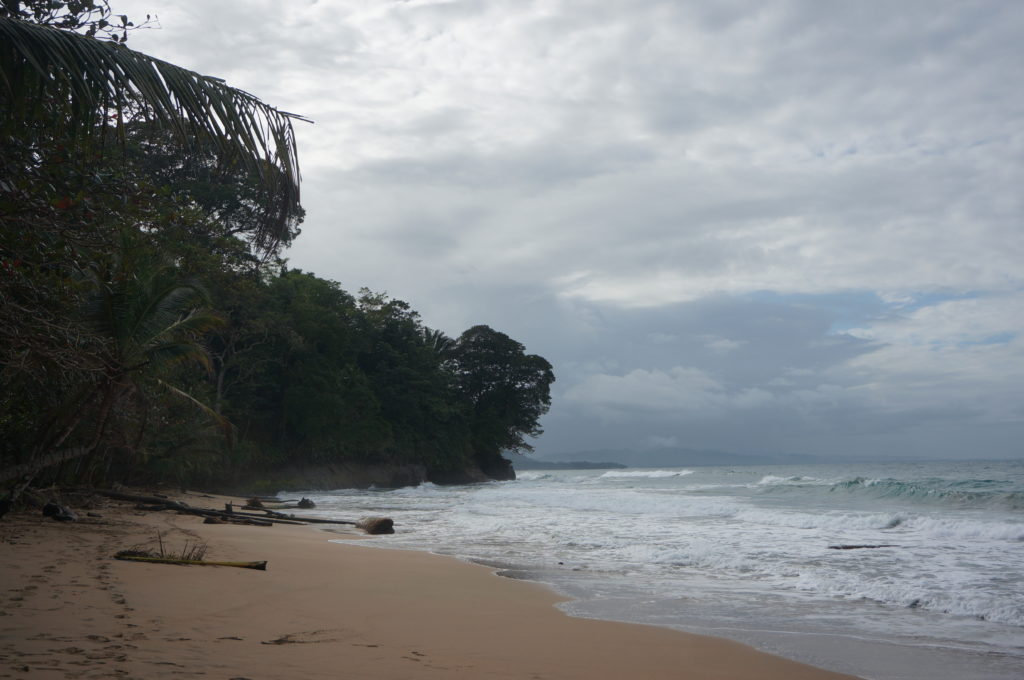
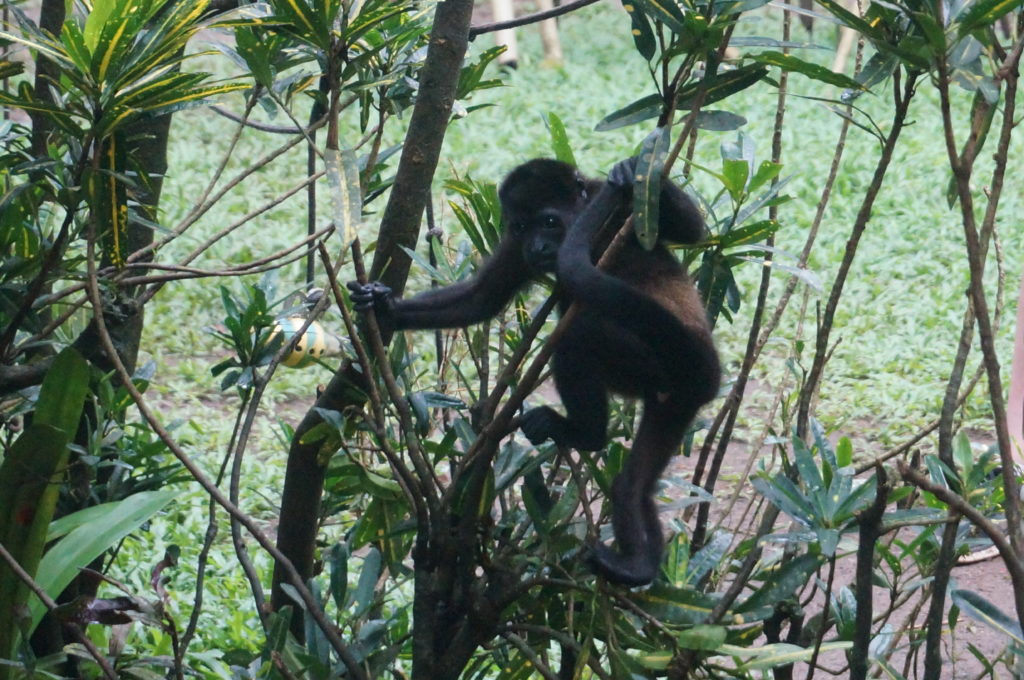
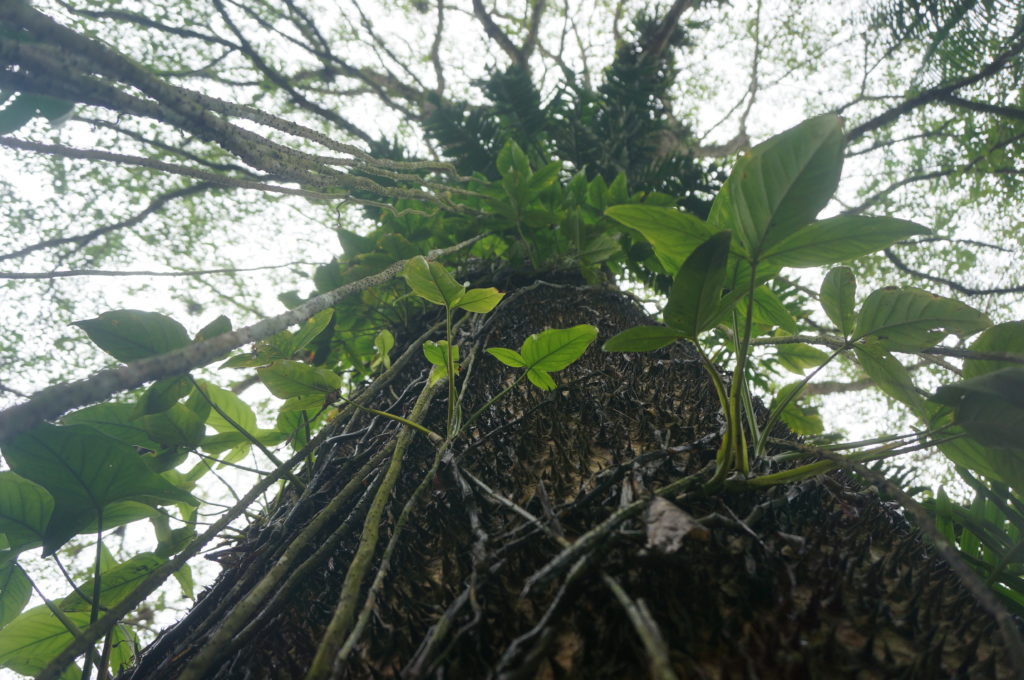
We met some of the sloths at the Center that were recovering from various injuries, including shocks from high-power lines, broken bones from falling on the road, and being hit by cars.
Baby Howler monkeys cavorted in an outdoor play area where we watched them interact with their handlers. Once the monkeys are old enough to live out in the wild, the Center volunteers begin bringing the young primates out into the forest in the mornings so they can explore and play. Over time the monkeys spend more and more time in the forest until eventually they don’t return.
Check Out – Homeschooling Tips from 18 Months of World Travel
The Center had a collection of snakes as well, including Costa Rica’s most dangerous, the Fer-de-Lance. It’s not the most venomous snake in the world, but it’s apparently so aggressive that it will chase human beings. Yeah. Great.
The highlight of our visit, though, was a brief encounter with the baby sloths. There were 5 or 6 present the day we stopped by, and cripes, were they cute. A few volunteers sat next to the baby sloth “play area”, occasionally grabbing a youngster that was attempting to stray too far from the group.
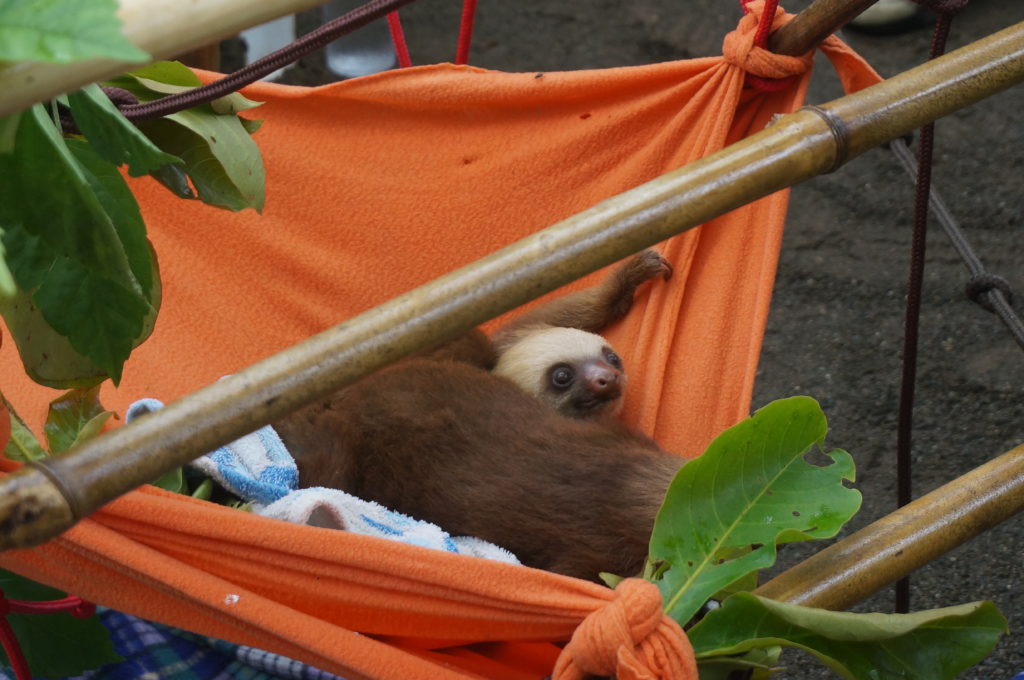
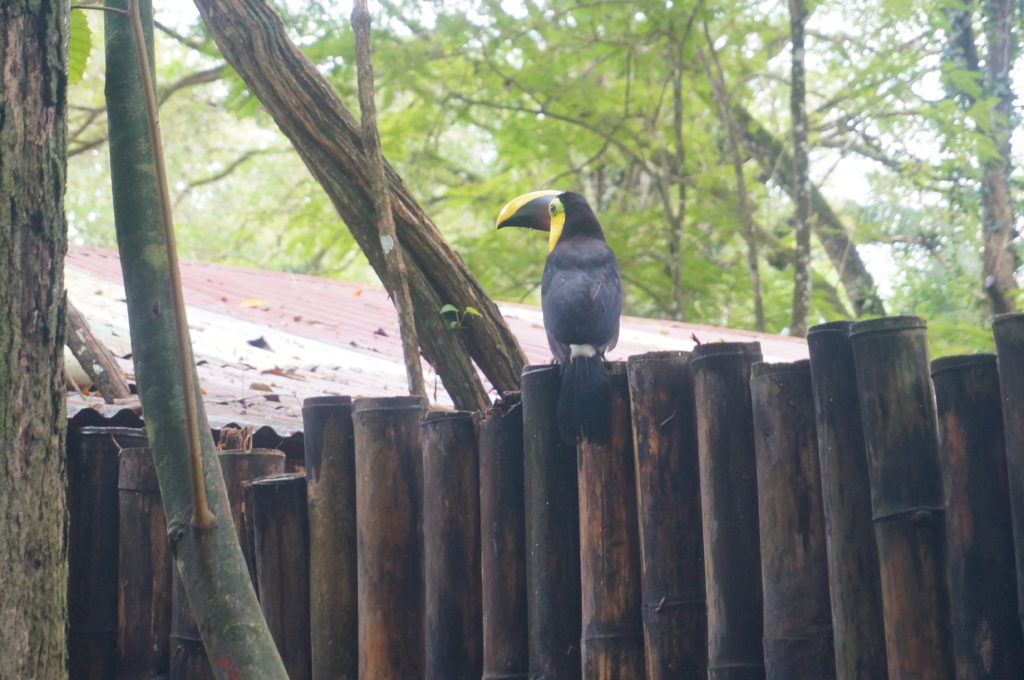
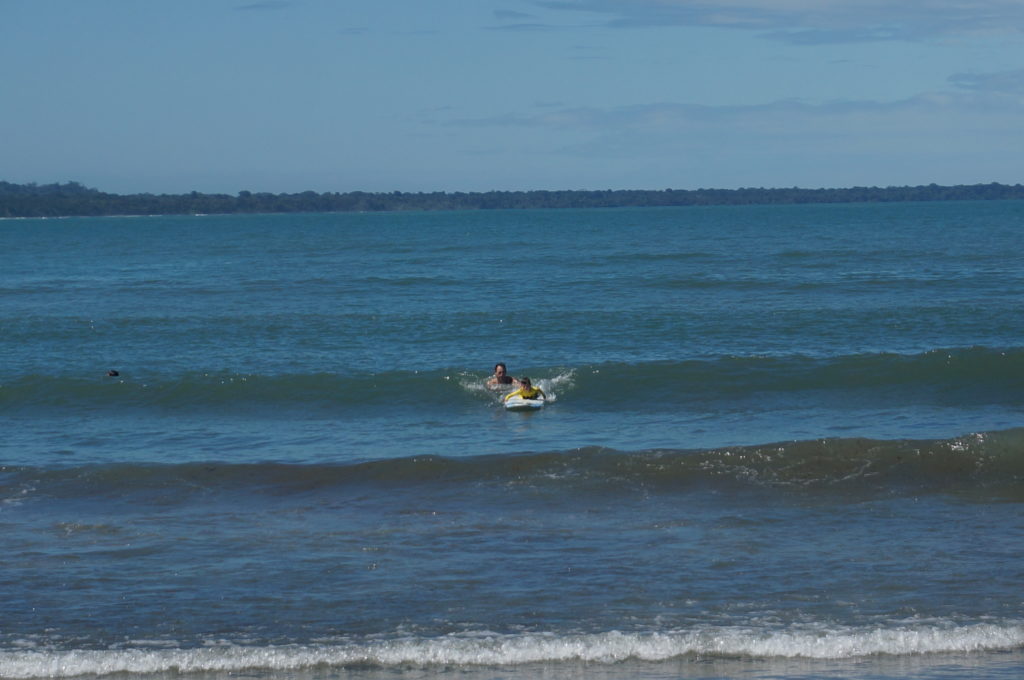
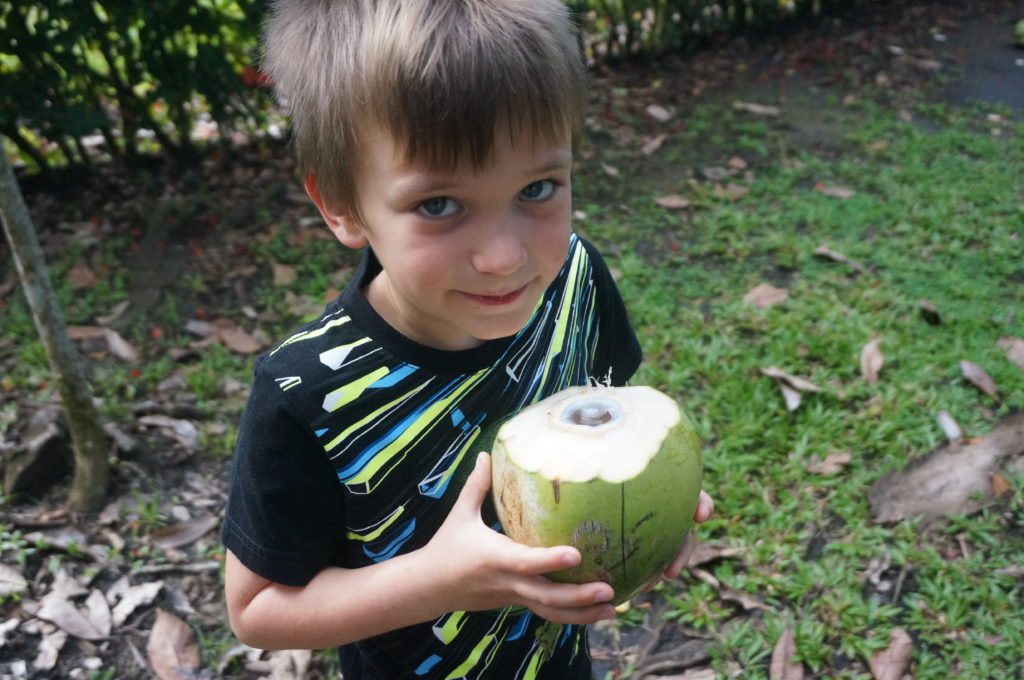
We had an absolute blast at the JRC, and if you ever find yourself on the southern Caribbean coast of Costa Rica, spend an hour or two catching up with some of the furry, feathered, and fanged residents there. Their cafe is pretty damned good, too.
And Finally, the Gandoca-Manzanillo Reserve
Just south of Puerto Viejo de Talamanca is the itty bitty coastal town of Manzanillo. It sits right on the Panama border, and it harbors the wild and pristine Gandoca-Manzanillo Reserve, a beautiful jungle refuge on the Caribbean.
The town itself is no more than a fork in the road with a couple of restaurants, a little market, and a souvenir shop or two. Manzanillo’s prime feature is its beach, a gorgeous strip of unblemished sand dotted with palm trees and fronting the many-blued, crystal Caribbean.
We had read in the well-worn pages of our Fodor’s guide about a former ranger, Florentino Grenald, who conducted excellent tours of the reserve, so we made arrangements to meet him early one morning. We arrived in Manzanillo a little before 8am, parked our car on the road beside the beach (using the standard method for parking in Costa Rica: put it wherever the hell you like), and strolled over to Maxi’s, a ramshackle little hangout with an open-air bar on the ground floor and a restaurant on the second floor with stunning views of the ocean.
Check Out – How To: Business Ideas for Digital Nomads
Florentino introduced himself to us as “Tino”, and he turned out to be a sturdy fellow with a brilliant smile and worn rubber boots. A young woman from England and a fiftyish couple from Germany joined us minutes later, and Tino ushered us down the unpaved road to show us his garden.
He spent the next quarter of an hour breaking off a branch here, picking a piece of fruit there, and having us taste and smell everything. We sniffed and sampled cinnamon, lemongrass, and turmeric, and we wound our way through plants bearing pineapples, almond, cashews, star fruit, and more. We could have easily spent an hour in Tino’s yard, smelling and tasting everything that was growing there, but after a short while he led us out to the dusty street towards the beach.
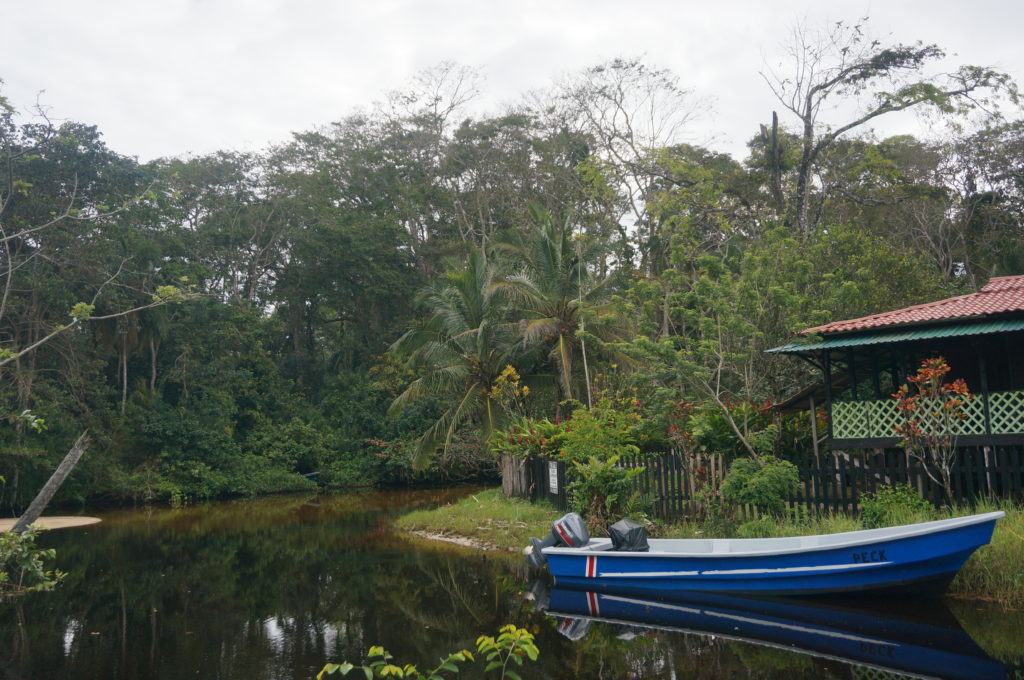
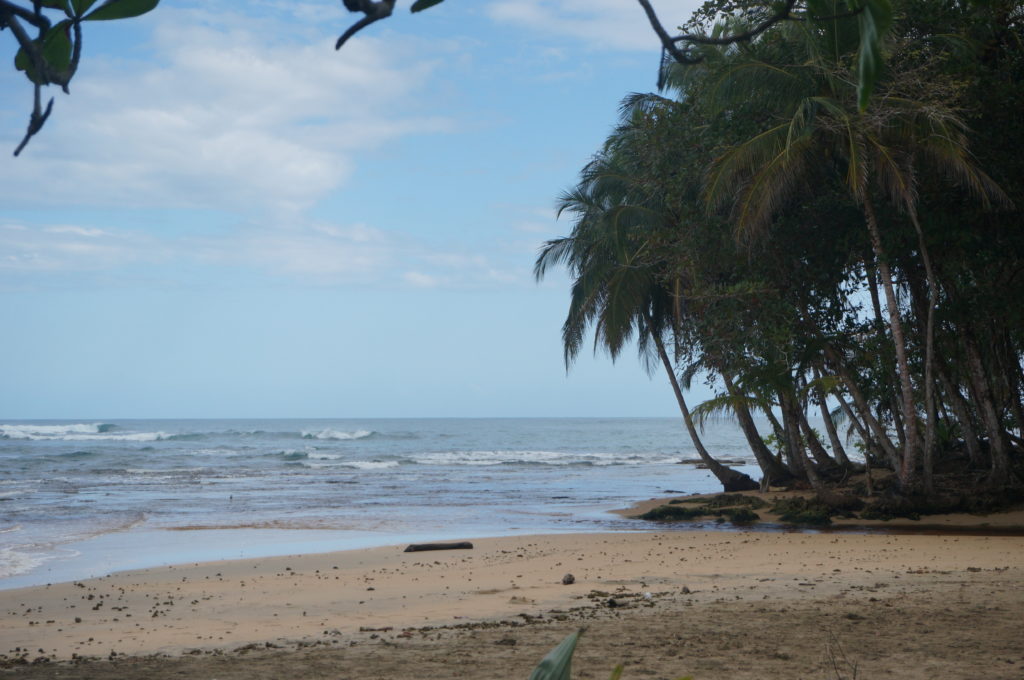
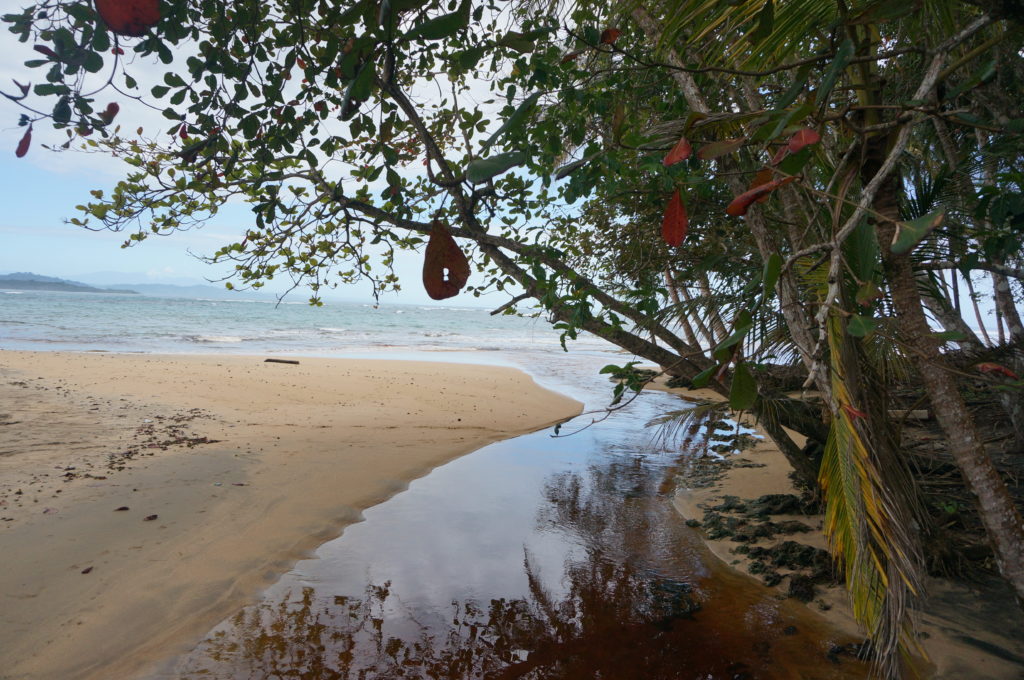
We passed the large sign at the entrance to the reserve, walked a few hundred meters down a dirt path alongside the ocean, then took a sharp right down a narrow path into the heart of the jungle.
It was like stepping into a movie. Gigantic ficus trees rose from the jungle floor and towered over us, shading huge swaths of the forest with their dense cover. Vines dangled from everywhere like the coarse rigging of an old schooner. Plants with leaves as big as a person blanketed the ground. The air smelled thickly of rain and earth and vegetation. Birdsong haunted the air, seeming to come from everywhere and nowhere. We slowly waded through the dense vegetation in wonder.
For the next four hours Tino slowly led us through the rainforest, stopping frequently to point out animals that we would have never noticed on our own: poison dart frogs, sloths, toucans, howler monkeys, caimans, egrets, millipedes, spiders, lizards, bats, and more.
Tino particularly liked to peek into the large leaves of plants that were rolled up into tubes, remarking with a mischievous grin that “there’s usually good stuff in here.”
Check Out – Our RTW Travel FAQ, and a Visit to Dublin
On one occasion he prodded an enormous wolf spider out of a leaf, and on another he shook out five or six tiny sucker-footed bats. The bats flapped past our startled faces squealing with indignation before vanishing into the jungle.
When the hike was over Tino led us, tired, sweaty, and exhilarated, back to Maxi’s, where we bought some cold beers and played a bit in the waves to cool off. We stayed there for a little while, then made our way back home to Puerto Viejo.
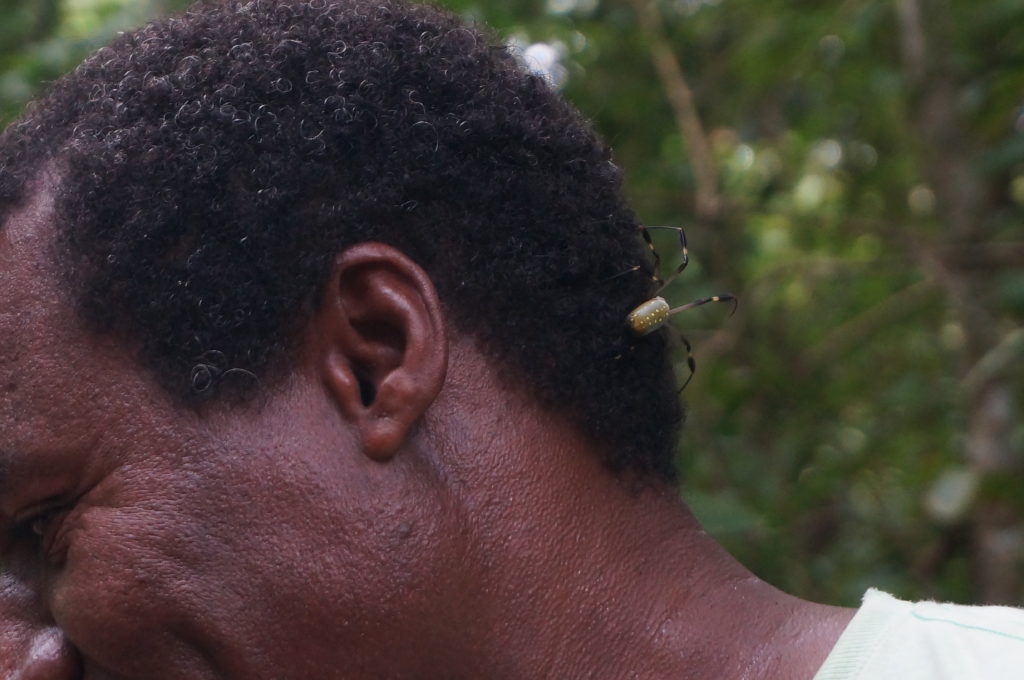
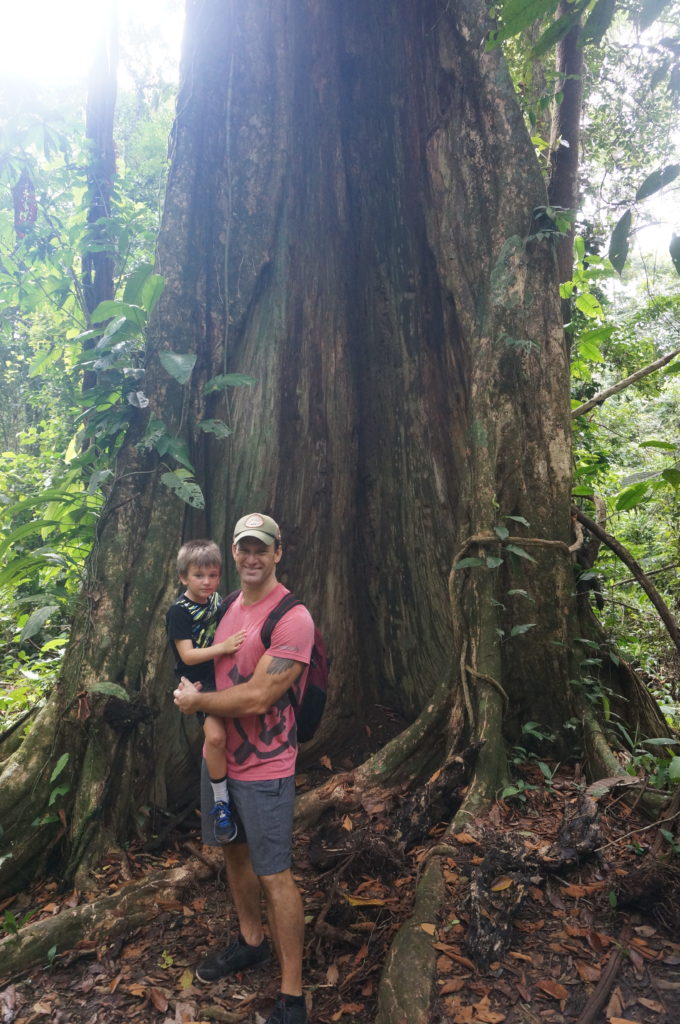
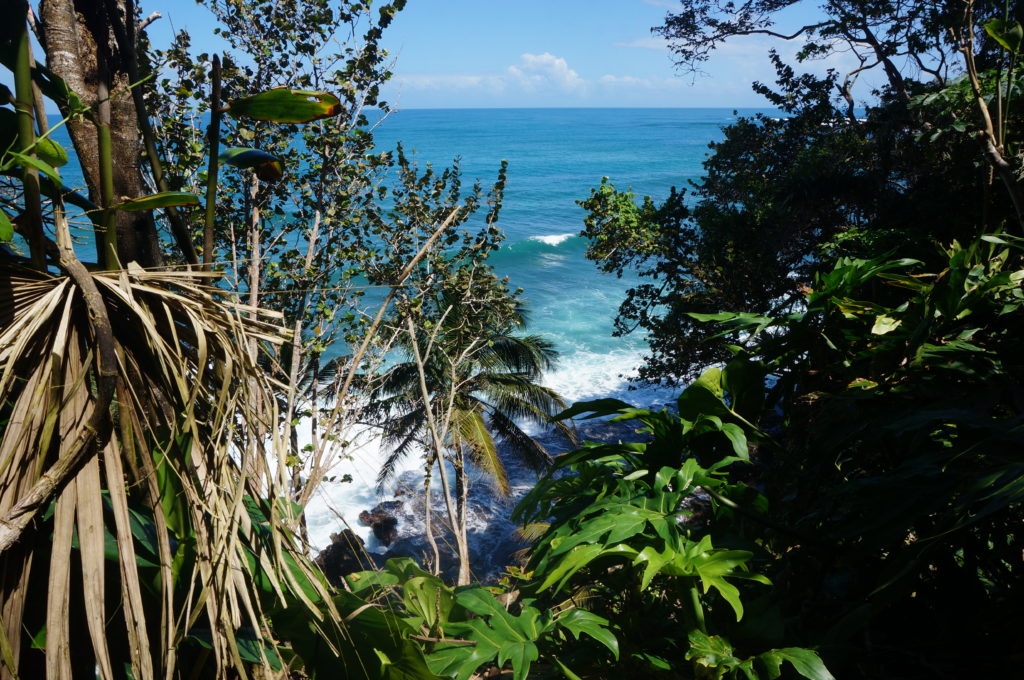
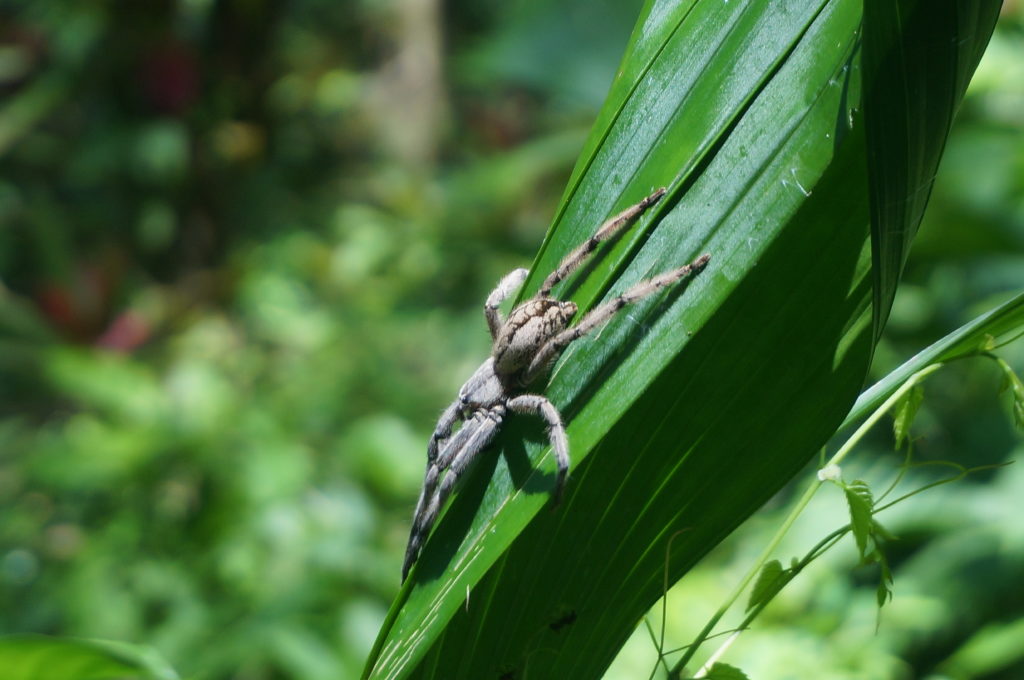
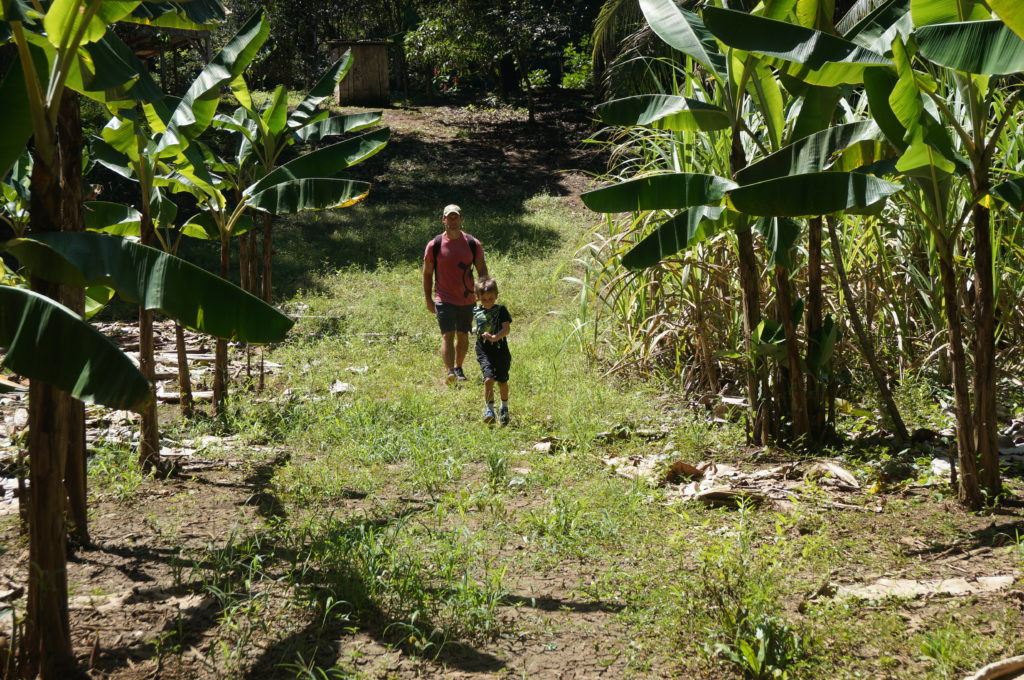
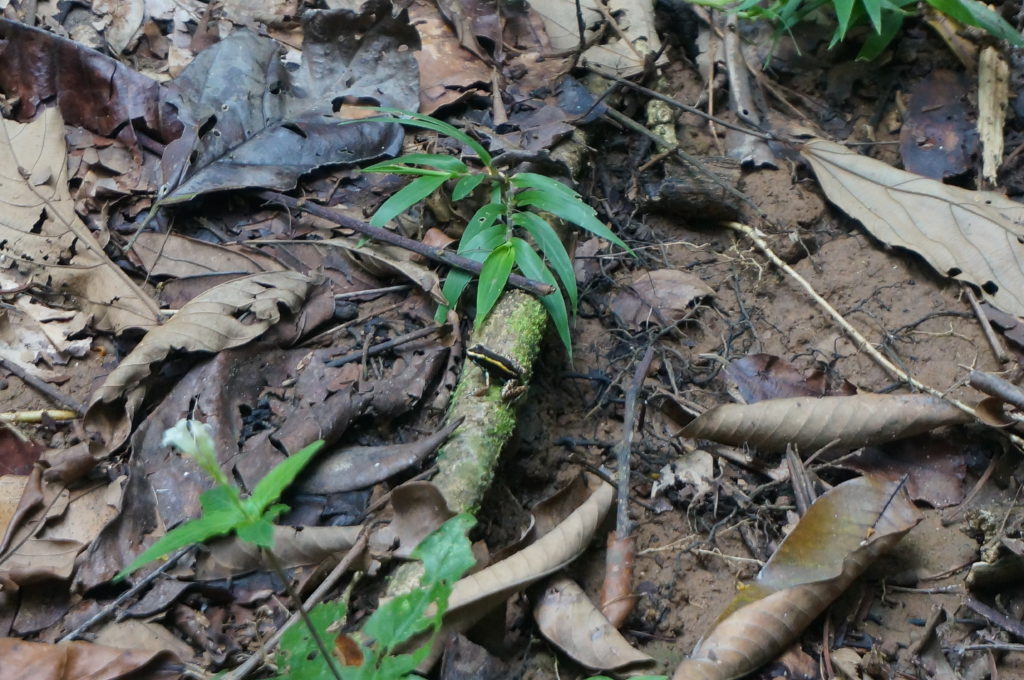
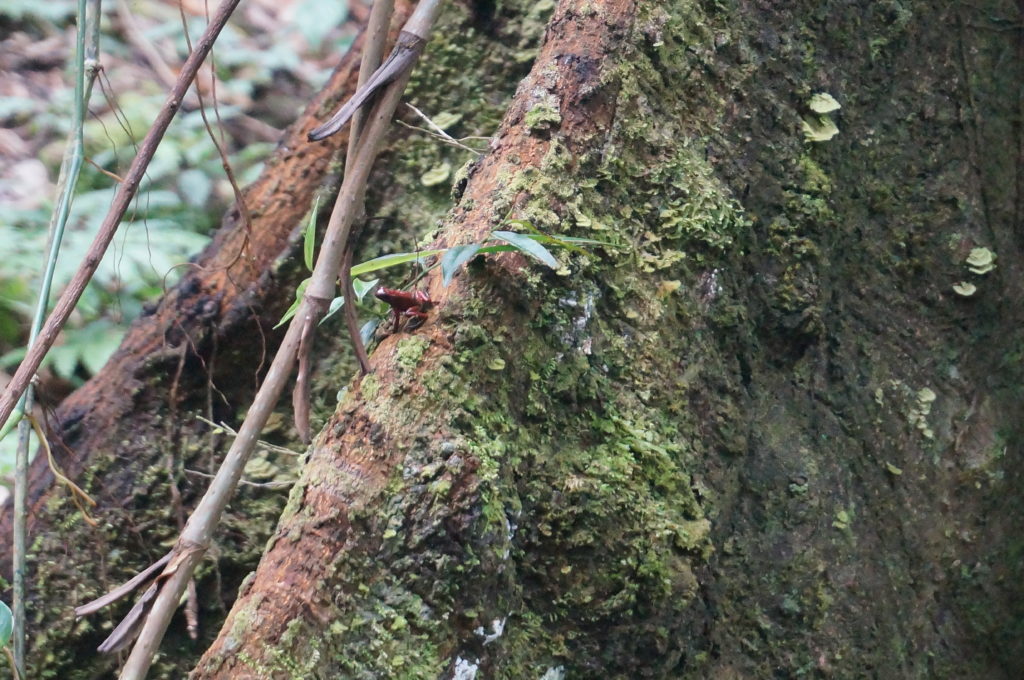
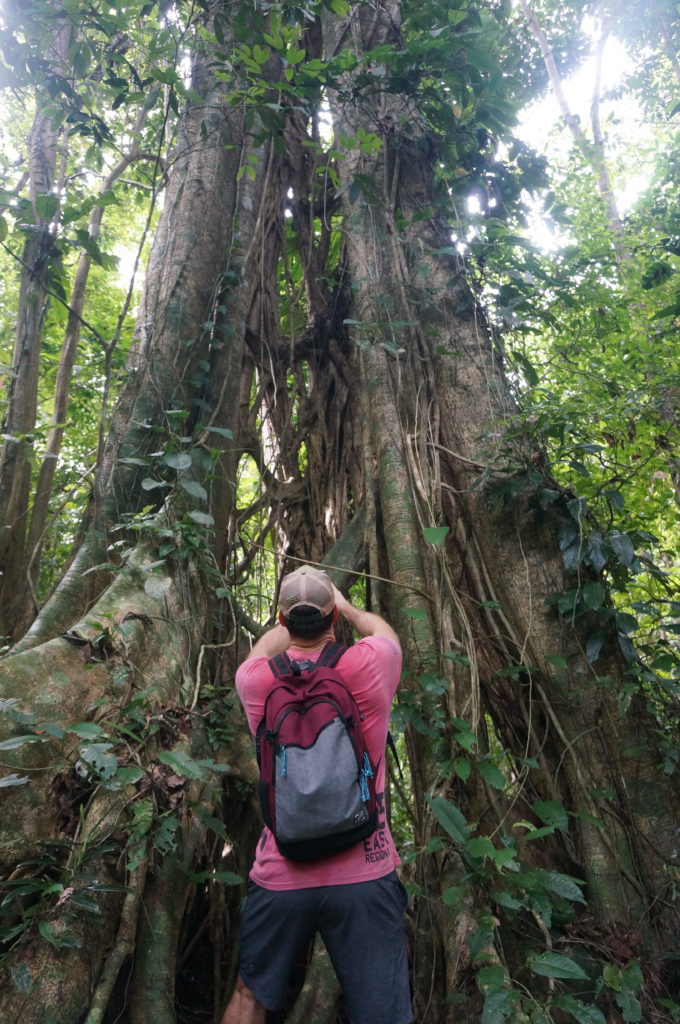
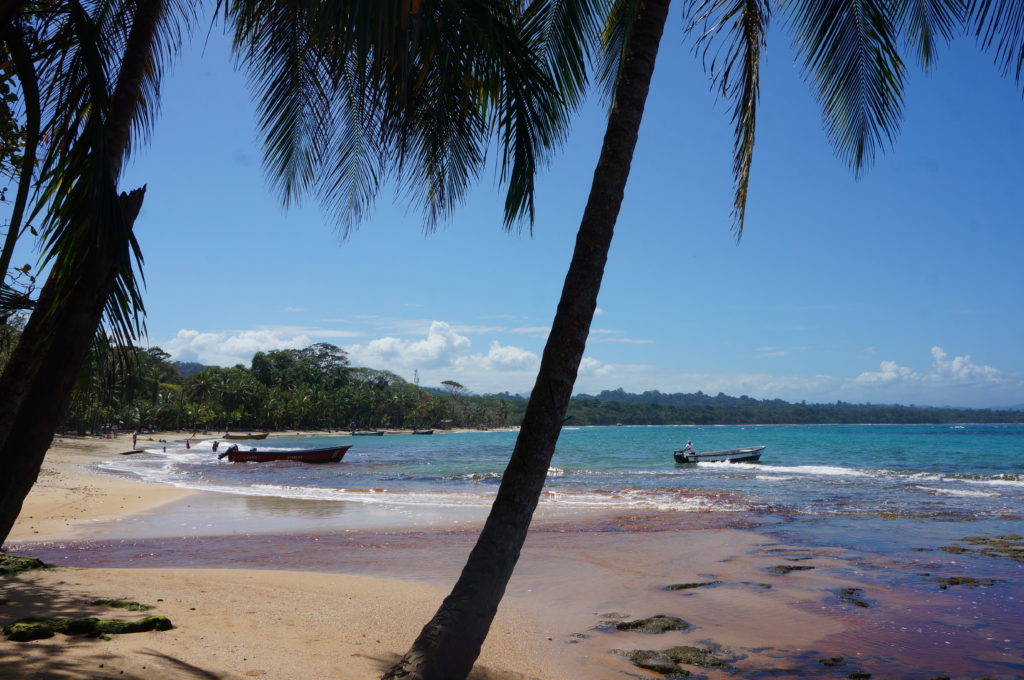
Puerto Viejo started out, as Braeden likes to say, “a bit sketchy” given all the rain and our little run-down villa. We adjusted quickly, though, and fell in love with the town even before the rains were banished by brilliant sunshine and tasty waves. PV was the perfect size and energy level for us and we managed to meet some very cool people. The proximity of the jungle and so many beautiful beaches didn’t hurt either.
It’s one of those places that we would love to return to for a few months if we could only stop adding new places to “The List”.
Next Up: Nuevo Arenal!

